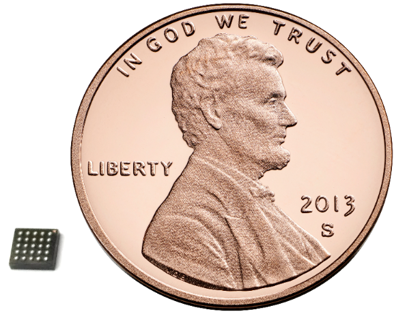
- We’ve learned how LG managed to get its Dual Display case working.
- A company named Keyssa developed a wireless technology that works like a wire.
- The technology is quite versatile and could be used in future applications.
Connecting two displays is a little more complicated than one might think, but LG found a creative way to make it happen with its Dual Screen case. It turns out that LG brought in a firm called Keyssa to develop a sort of “wireless connector� to get the secondary display to connect and work in unison with the primary one. Keyssa calls its technology “Kiss Connectivity.�
LG secondary display
In an interview with DisplayDaily, Keyssa Marketing VP Steve Venuti talked about the technology in devices like the LG V50 ThinQ. He spoke of the company’s wireless connector technology and how it enables two screens to “connect� without actually having wires running back and forth.
“Keyssa designs, markets, and sells what we call a wireless connector. Wireless, in that it uses RF to transmit and receive data between two devices. But, a connector in that it is designed for near-field, device-to-device applications where a mechanical connector may not be the most effective method for connecting two devices,� Venuti said in the interview.
Essentially, the technology is designed to work in a way that’s similar to a wire, but in situations where a cable wouldn’t be possible. The products offered by Keyssa are designed to emulate the characteristics and properties of wire without the physical connection. Even though it’s wireless, there are no needed firmware updates, so it does work as a wire.
The technology used for linking the secondary display to the rest of the phone is called mmWave, which — just like mmWave 5G — has a line of sight limitation. That ends up not being a disadvantage for Keyssa, as the company needed a near-field, device-to-device connection to accomplish its goals.
Another critical aspect of the “Kiss Connectivity� offered by Keyssa is the size. It’s quite tiny, which allows it to be used in applications like the LG Dual Screen case because it doesn’t add any noticeable mass to the device. In fact, it’s much smaller than a penny, as seen in the photo above.
Venuti pointed out that, “the fundamental design of connectors has not changed in 100 years. Keyssa aims to bring advanced technology to one of the most taken-for-granted components in electronic products.� It sounds like its wireless technology might do just that.
The Future
This technology could certainly be used for more than just connecting multiple displays. Anything that needs to communicate wirelessly from a close range could benefit from Keyssa’s “Kiss Connectivity.� Perhaps it could be used for a new form of NFC down the road. It could be used as a method to connect a mobile device to a PC without wires. Any sort of docking device could benefit from the functionality offered by this connectivity.
Between the convenience and longevity offered by Keyssa technology, the benefits could be huge going forward, and only time will tell how device makers find a way to implement the technology into future hardware.
More posts about LG












